The Project
Çatalhöyük has been the subject of investigation for more than 50 years. Researchers from around the world have travelled to the site over the past half-century to study its vast landscape of buildings, remarkable ways of life, and its many exquisite works of art and craft. Since 1993, the Çatalhöyük Research Project has recruited an international group of specialists to pioneer new archaeological, conservation and curatorial methods on and off site. Simultaneously, it aims to advance our understandings of human life in the past.
Learn more about the origins and legacy of the Çatalhöyük Research Project by exploring UNESCO World Heritage Site, History of the Excavations, Meet the Team Leaders, Bringing Çatalhöyük to life, Newsletter and the Site Management Plan.

UNESCO World Heritage Site
UNESCO is an international organisation devoted to caring for cultural and natural sites of outstanding value. Cultural properties recognised by UNESCO include those dated from the earliest beginnings of human history to the very recent past. The addition of a property to the list of UNESCO World Heritage Sites recognizes the need for its protection.
In 2012 Çatalhöyük was designated a UNESCO World Heritage Site. This was in recognition of the site’s extensive period of occupation, unusual architecture and egalitarian social organisation. Çatalhöyük now joins a long list of globally important sites, a few of which you may recognise on this map.
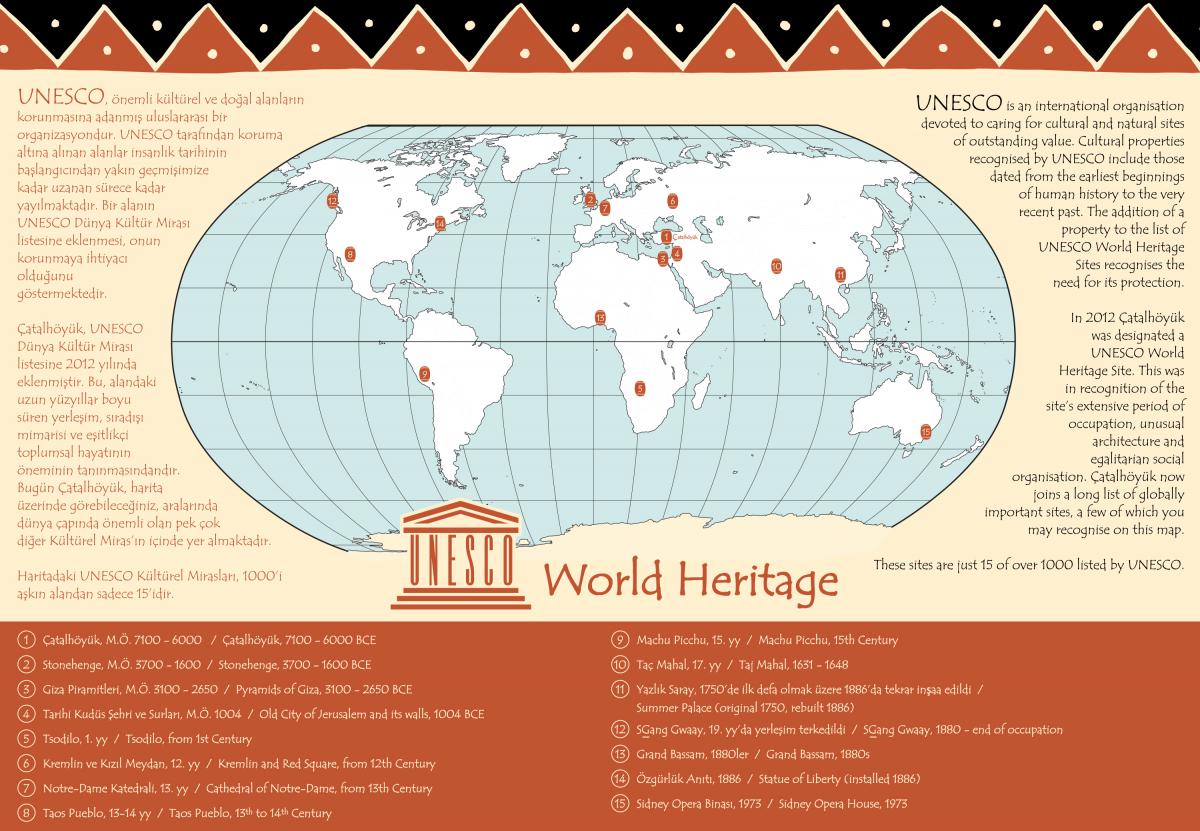
History of the Excavations
The excavations at Çatalhöyük have now been running for more than 50 years. Prior to the earliest investigations of the site in the mid-20th century, locals in the region were well aware of its existence. In fact, Çatalhöyük has been used by different communities almost continuously from the Neolithic right up to the present day.
Here we provide a snapshot of the story behind research at this long-lasting site.
1958
 Çatalhöyük was stumbled upon by a team of British archaeologists: David French, Alan Hall and James Mellaart. The site left such an impression on the men that Mellaart, with the vital help of his wife Arlette, began to plan excavations.
Çatalhöyük was stumbled upon by a team of British archaeologists: David French, Alan Hall and James Mellaart. The site left such an impression on the men that Mellaart, with the vital help of his wife Arlette, began to plan excavations.
1961-1965
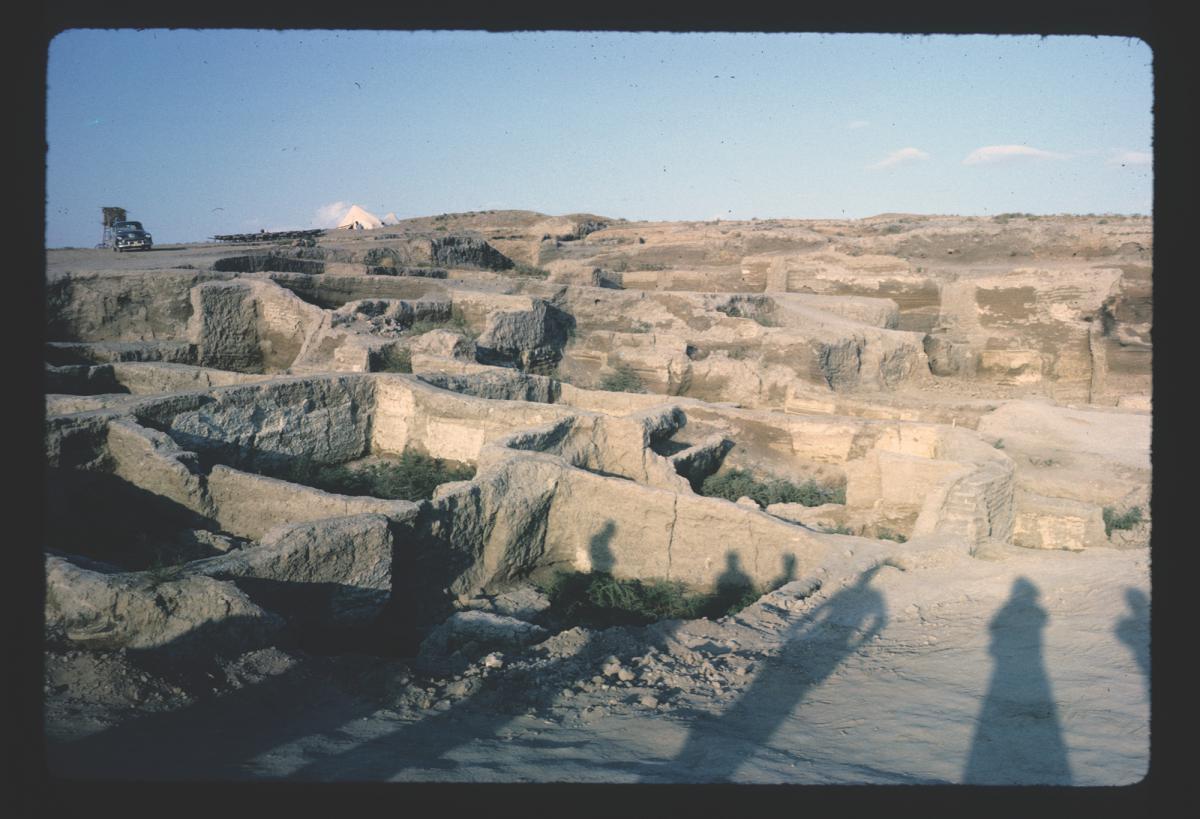 Mellaart’s first excavation in 1961 totaled 39 days and his team discovered 40 houses as well as figurines, pottery and wall art. From then until 1965, the team returned each summer to continue with their work.
Mellaart’s first excavation in 1961 totaled 39 days and his team discovered 40 houses as well as figurines, pottery and wall art. From then until 1965, the team returned each summer to continue with their work.
1965-1993
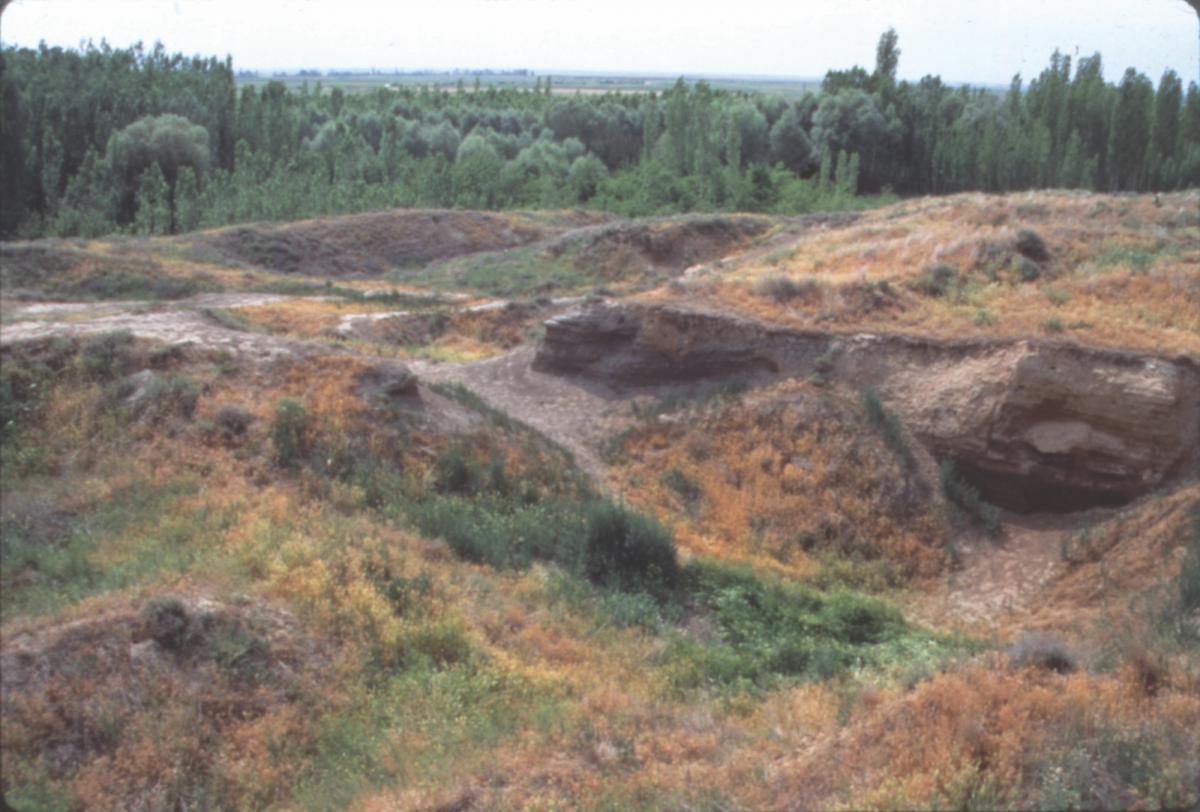 After Mellaart’s final year in 1965, the site was left dormant for around 30 years. Mellaart took up a teaching position at the University of London and subsequently inspired one of his students (Ian Hodder) to reopen excavations at Çatalhöyük.
After Mellaart’s final year in 1965, the site was left dormant for around 30 years. Mellaart took up a teaching position at the University of London and subsequently inspired one of his students (Ian Hodder) to reopen excavations at Çatalhöyük.
1993
 Hodder gained an excavation permit and with the blessing of James and Arlette, returned to Çatalhöyük. From here onwards, each summer Turkish and international teams have collaborated on site.
Hodder gained an excavation permit and with the blessing of James and Arlette, returned to Çatalhöyük. From here onwards, each summer Turkish and international teams have collaborated on site.
1998
 Although Mellaart began to explore Çatalhöyük’s West Mound in 1961, a fuller programme of excavations was initiated here in the late 1990s by Jonathan Last and Catriona Gibson. In 2006, two new West Mound teams – led respectively by Peter Biehl and Burçin Erdoğu – took over research here.
Although Mellaart began to explore Çatalhöyük’s West Mound in 1961, a fuller programme of excavations was initiated here in the late 1990s by Jonathan Last and Catriona Gibson. In 2006, two new West Mound teams – led respectively by Peter Biehl and Burçin Erdoğu – took over research here.
2000s
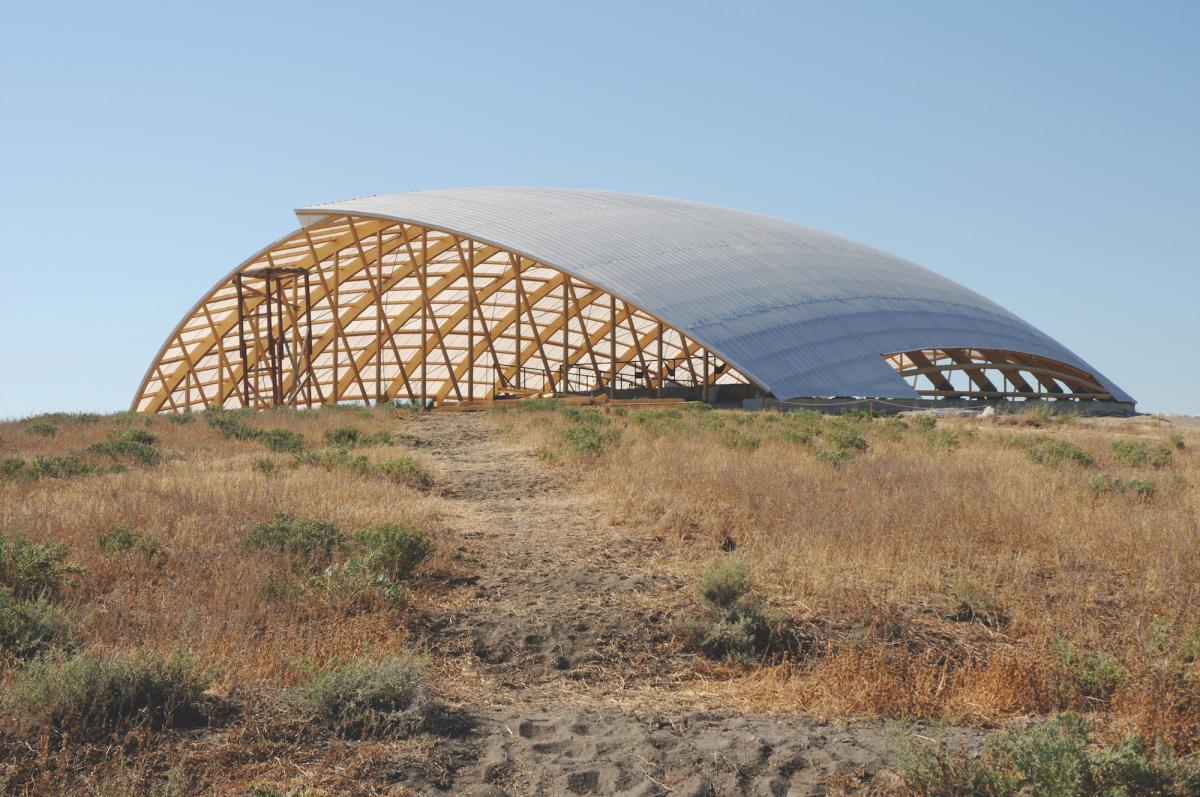
The excavation areas were exposed to harsh weather conditions, so to protect them two shelters were built: the south in 2002-2003 and the north in 2007-2008.
2010s
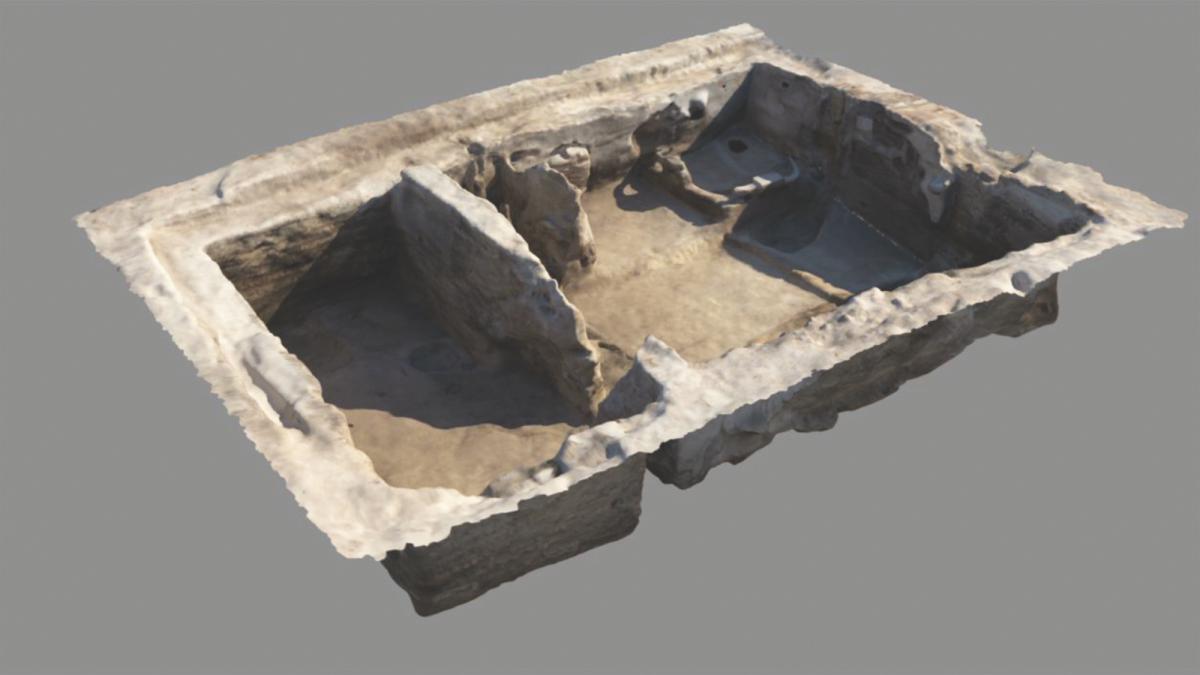
Although traditional field excavation remains a primary form of investigation at Çatalhöyük, digital, experimental and visual reconstruction methods are increasingly employed to aid research and interpretation.
2018

Hodder’s archaeological permit will come to an end and management of the excavation will transfer back to the Turkish government. Under their guidance the story of Çatalhöyük is just beginning…
Meet the Team Leaders
Ian Hodder / Site Director
Bilge Küçükdoğan / Project Coordinator
Serap Özdöl Kutlu / Assistant Director & Pottery Director
Levent Özer / Camp Manager
James Taylor / Field Supervisor
Burcu Tung / Field Supervisor
Åsa Berggren / Reflexive Methodology
Camilla Mazzucato / GIS
Ashley Lingle / Conservation
Marek Baranski / Survey
Lisa Guerre / Finds
Lynn Meskell / Figurines
Duygu Tarkan/Pottery
Sara Perry / Visualisation
Maurizio Forte / 3D Digging
Peter Biehl / West Mound
Arek Marciniak / Team Posnan
Jason Quinlan / Photography & Video
Kathryn Killackey / Illustration
Dominik Lukas / Database
Ahmet Bozgeyik / IT Systems
Jacqui Mulville / Faunal
Kathryn Twiss / Faunal
Chris Knusel / Human Remains
Clark Larson / Human Remains
Dragana Filipovic / Heavy Residue & Flotation
Amy Bogaard / Botany
Mike Charles / Botany
Dorian Fuller / Botany
Tristan Carter / Chipped Stone
Christina Tsoraki / Ground Stone
Gülay Sert / Schools & Workshops
İbrahim Eken / Mustafa Tokyağsun / Hasan Tokyağsun / Site Custodians
Full team lists by year
(including all excavators and associated specialists)
2016 | 2015 | 2014 | 2013 | 2012 | 2011 | 2010 | 2009 | 2008 | 2007 | 2006 | 2005 | 2004 | 2003 | 2002 | 2001 | 2000 | 1999
Bringing Çatalhöyük to life
Çatalhöyük is an active archaeological site. This means that our understandings of its people and history are in flux as new information is uncovered each year. The task of presenting this information to you has been taken on by the visualisation team, alongside our audio-visual specialists, community team and education team. Click here to find details on team members past and present.
Below you can read about and download examples of some of our most recent work. For full details on the accomplishments of our visualisation, community and education teams, please click here to see our Archive Reports.
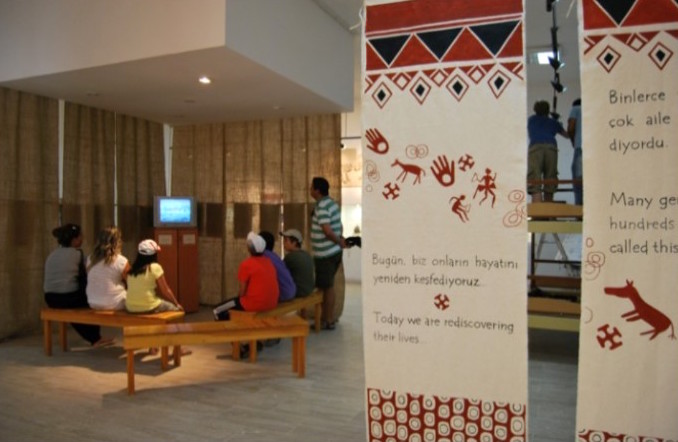 The Visitor’s Centre at Çatalhöyük features exhibitions on the archaeology of the site, the history of excavations, and the many interpretations of life on site in the past and present. It also houses replica objects and interactive displays. Rather than being held on site, objects excavated at Çatalhöyük are transferred to the Konya Archaeological Museum. Objects excavated during the Mellaart years have been stored at the Museum of Anatolian Civilizations in Ankara. You can see some of these original materials on exhibit in both museums.
The Visitor’s Centre at Çatalhöyük features exhibitions on the archaeology of the site, the history of excavations, and the many interpretations of life on site in the past and present. It also houses replica objects and interactive displays. Rather than being held on site, objects excavated at Çatalhöyük are transferred to the Konya Archaeological Museum. Objects excavated during the Mellaart years have been stored at the Museum of Anatolian Civilizations in Ankara. You can see some of these original materials on exhibit in both museums.
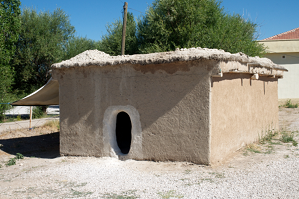 Our guidebook provides an overview of the current interpretations of Neolithic life at Çatalhöyük. It is designed as an introduction to the site, and its printing has been sponsored by KOP (www.kop.gov.tr). The guidebook is available on site from our site guards, or download it here in Turkish (PDF, 6MB) or English (PDF, 6MB).
Our guidebook provides an overview of the current interpretations of Neolithic life at Çatalhöyük. It is designed as an introduction to the site, and its printing has been sponsored by KOP (www.kop.gov.tr). The guidebook is available on site from our site guards, or download it here in Turkish (PDF, 6MB) or English (PDF, 6MB).
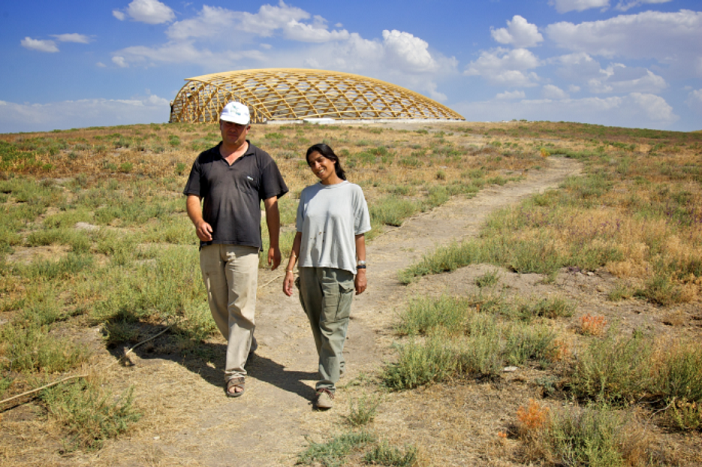 Our brochure is designed for visitors to the site. It offers a map of the premises to guide your tour around the replica house, North and South Areas, as well as basic information on the culture and history of Çatalhöyük. The brochure is available for free from our site guards, or download it here (PDF, 4MB).
Our brochure is designed for visitors to the site. It offers a map of the premises to guide your tour around the replica house, North and South Areas, as well as basic information on the culture and history of Çatalhöyük. The brochure is available for free from our site guards, or download it here (PDF, 4MB).
 Our education team runs workshops with nearly 1000 children and young adults from Konya and neighbouring towns each year. These workshops consist of a mixture of activities, including guided tours, excavation experiences, creative drama and critical discussion. Download one of the team’s educational publications in Turkish here.
Our education team runs workshops with nearly 1000 children and young adults from Konya and neighbouring towns each year. These workshops consist of a mixture of activities, including guided tours, excavation experiences, creative drama and critical discussion. Download one of the team’s educational publications in Turkish here.
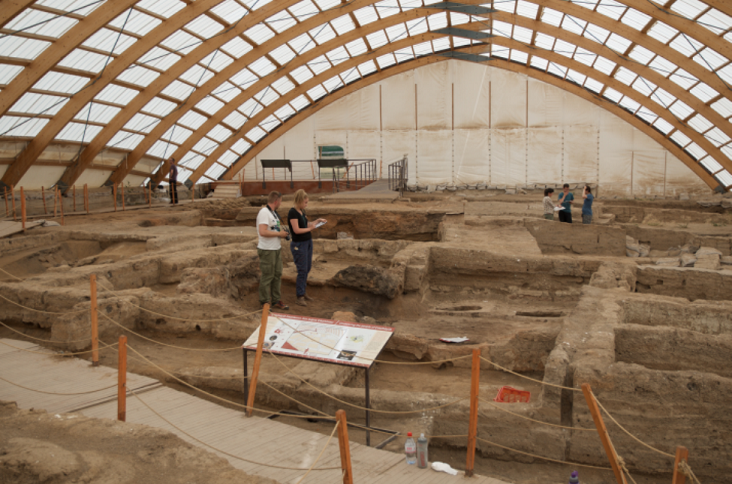 Around the site you will find signage explaining some of the features you can see in the excavation areas, as well as outlining the archaeological process. The North Area signage and excavations provide you with a glimpse of a single Çatalhöyük neighbourhood. The South Area signage and excavations offer an overview of Çatalhöyük across its 1500 years of occupation.
Around the site you will find signage explaining some of the features you can see in the excavation areas, as well as outlining the archaeological process. The North Area signage and excavations provide you with a glimpse of a single Çatalhöyük neighbourhood. The South Area signage and excavations offer an overview of Çatalhöyük across its 1500 years of occupation.
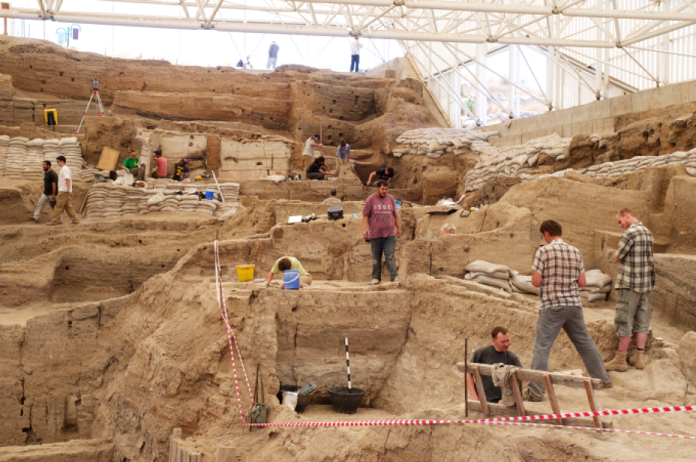 We produce thousands of photographs and illustrations of Çatalhöyük, many used in our research publications, and others used for public interpretation. Archives of a selection of these images can be found through our Research Portal and on Flickr.
We produce thousands of photographs and illustrations of Çatalhöyük, many used in our research publications, and others used for public interpretation. Archives of a selection of these images can be found through our Research Portal and on Flickr.
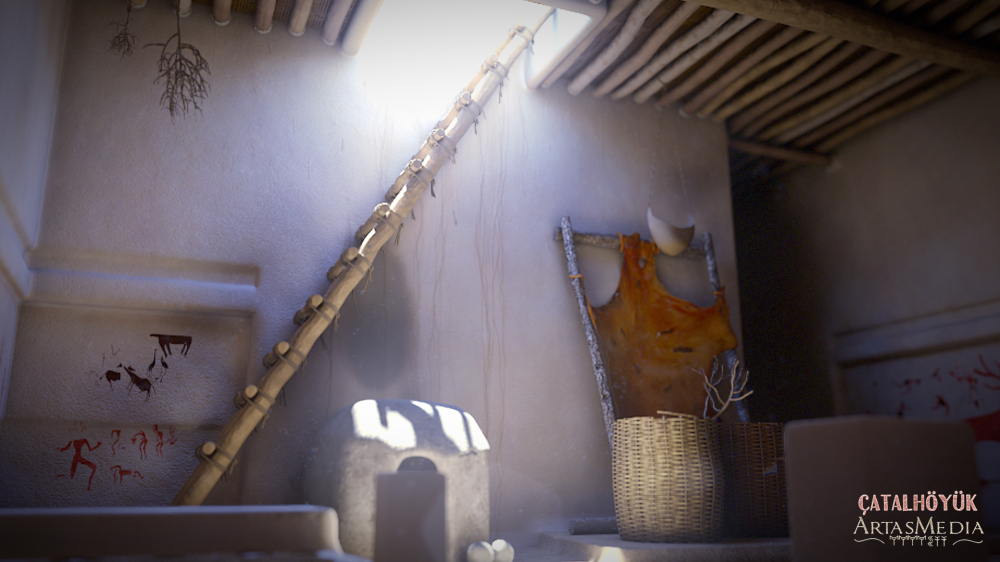 Our site specialists have been using digital technologies for many years now to record and visualise Çatalhöyük. These technologies include everything from laser scanning to virtual reality modelling, some of which you can see being applied on site during the summer months when archaeologists are at work. For a recent example of a digital model of a Çatalhöyük building constructed by one of our former team members, click here.
Our site specialists have been using digital technologies for many years now to record and visualise Çatalhöyük. These technologies include everything from laser scanning to virtual reality modelling, some of which you can see being applied on site during the summer months when archaeologists are at work. For a recent example of a digital model of a Çatalhöyük building constructed by one of our former team members, click here.
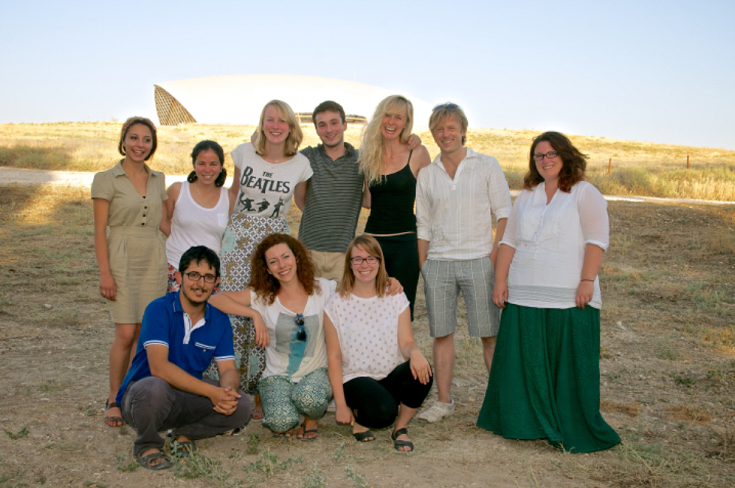 Our visualisation team is regularly commissioned to prepare exhibitions for different audiences, both on and off site. Most recently we curated the 60-panel 50 Years of Excavation at Çatalhöyük, sponsored by Yapı Kredi and exhibited at the European Association of Archaeologists conference in Istanbul.
Our visualisation team is regularly commissioned to prepare exhibitions for different audiences, both on and off site. Most recently we curated the 60-panel 50 Years of Excavation at Çatalhöyük, sponsored by Yapı Kredi and exhibited at the European Association of Archaeologists conference in Istanbul.
Newsletter
We issue annual Newsletters which aim to keep interested parties informed of the activities of the Project and different aspects of the research being conducted at Çatalhöyük. These newsletters contain summaries of the work and discoveries made during each excavation season. Download them here.
Site Management Plan
The management plan of the neolithic site of Çatalhöyük is available in two versions:
- English Version (2.8MB) (March 2013)
- Turkish Version (34.2MB) (March 2013)
Catal Moments
The following are put together by Jason Quinlan and Scott Haddow reflecting life on the project over many years. (The entire collection can also be downloaded via http://www.catalhoyuk.com/sites/default/files/media/content/CatalMoments.zip [120MB])